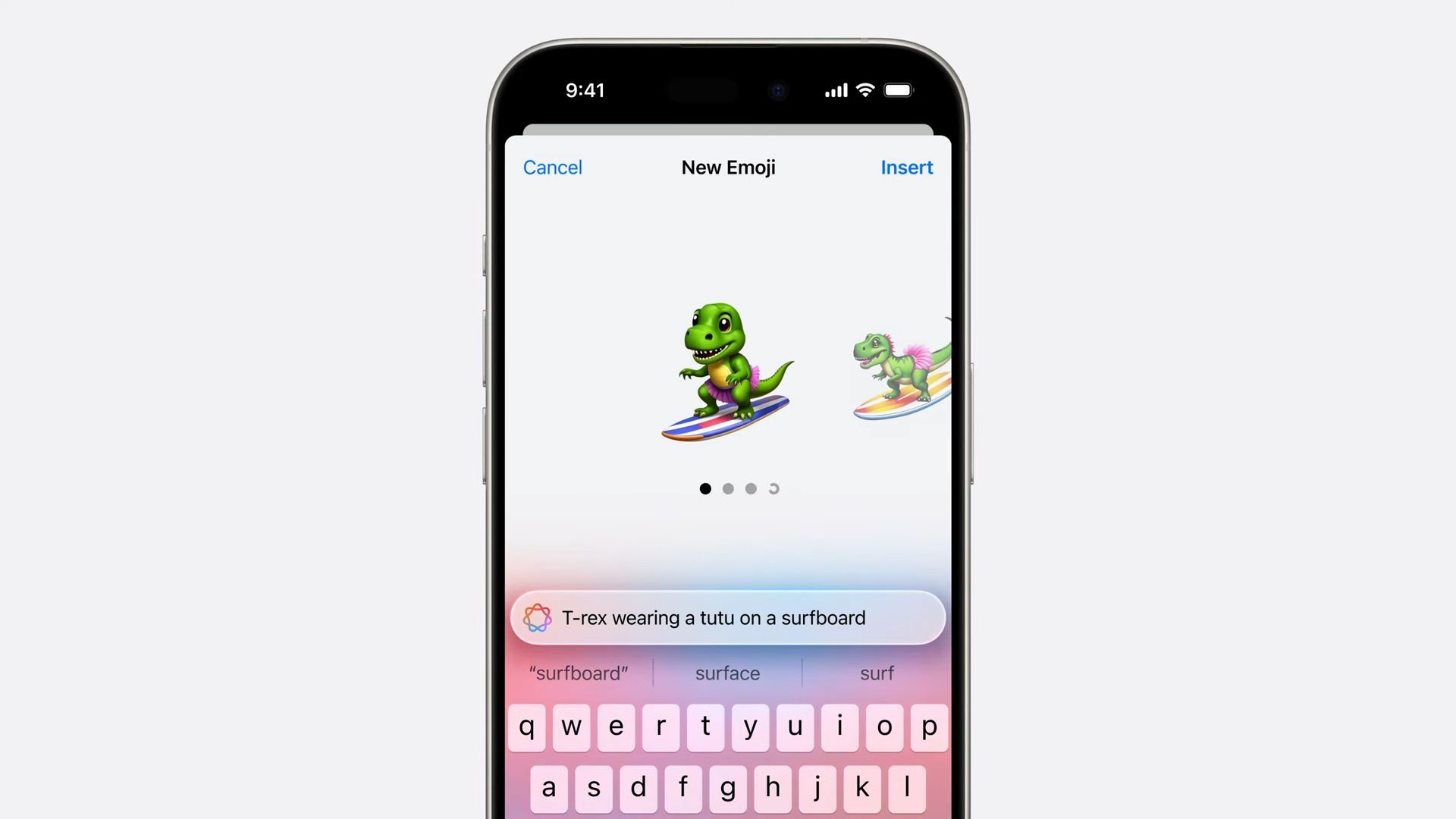Everyone, including me, is excited about the upcoming iPhone 16 AI features and Apple Intelligence. However, Apple analyst Ming-Chi Kuo has pointed out a major concern: RAM usage.
The iPhone 16’s 8GB of memory might not fully support its advanced AI capabilities. Remember how Microsoft’s artificial intelligence features like Recall require an NPU and Copilot+ PC to work? The concern is similar here. While Apple devices have done well with less RAM, the demands of AI tools might lead to less impressive results and bottlenecks.

Are the iPhone 16 AI features, which will come with iOS 18 and Apple Intelligence, that advanced?
The AI features expected to debut with the iPhone 16, alongside iOS 18 and Apple Intelligence, are indeed anticipated to be advanced.
Key highlights of iOS 18’s AI features include a revamped Siri with improved conversational abilities and a new visual animation, as well as integration with ChatGPT for enhanced assistance, although Elon Musk says he will ban it. Additionally, iOS 18 will introduce Genmoji, AI-generated emojis based on user descriptions, and contextual smart replies for messaging.

Other notable features include AI-assisted summarization in Safari for quicker access to important content, smarter notification recaps to prioritize essential alerts, and advanced photo editing tools leveraging generative AI.

These are just a few of the features coming with the iPhone 16. So, if you have an Apple device that can handle these upgrades, brace yourself for a smarter, more personalized experience—assuming everything goes off without a hitch, of course. But experts warn that there might be some bumps along the way.
Is the iPhone 16 powerful enough to run AI?
The concern highlighted by Apple analyst Ming-Chi Kuo revolves around the potential limitations posed by the amount of onboard memory in the upcoming iPhone 16 range, which is speculated to be 8GB of DRAM (Dynamic Random Access Memory). In the context of AI, particularly large language models (LLMs) which require substantial computational resources to operate efficiently, memory plays a crucial role. Here is a deeper dive to the issue:
- On-device LLMs and memory constraints: Large language models (LLMs) are sophisticated AI models designed to understand and generate human-like text. These models require significant memory resources to store their parameters and process input data efficiently. When LLMs operate on-device, meaning they run directly on the user’s device rather than in the cloud, they rely on the device’s onboard memory for storage and processing. In the case of the iPhone 16, which is rumored to have 8GB of DRAM, there might be limitations on the size and complexity of LLMs that can be effectively deployed.

- Market expectations and performance: Kuo suggests that the memory constraints of the iPhone 16 may limit the capabilities of on-device LLMs to exceed market expectations. This implies that users anticipating groundbreaking AI capabilities from Apple’s new hardware might need to temper their expectations. Despite Apple’s history of delivering impressive performance with relatively modest amounts of RAM, the demanding nature of AI applications could challenge this trend.
- Impact on AI development: The limited memory of the iPhone 16 could potentially hinder the development and optimization of on-device AI models. AI model training and optimization often require substantial computational resources and memory capacity, especially for large-scale models. If the available memory on the iPhone 16 is insufficient for robust AI development, it could slow down progress in this area and limit the scope of AI features that Apple can offer to users.
- User experience and performance: In practical terms, memory constraints could affect the performance and responsiveness of AI-powered features and applications on the iPhone 16. If LLMs cannot fully utilize available memory, it may lead to slower processing speeds, increased latency, or limitations on the size and complexity of tasks that AI can perform effectively on the device. This could impact user experience and diminish the perceived value of AI-driven features on Apple’s latest hardware.
In wrapping up, the buzz around the iPhone 16 and its AI features is palpable. But Ming-Chi Kuo’s caution about RAM usage reminds us to stay grounded. Just like how some Microsoft AI features need specific hardware to work smoothly, there could be similar challenges with the iPhone 16’s memory.
Despite this, iOS 18’s AI features, bundled with Apple Intelligence, sound promising. Siri’s getting better at chatting, and there are cool new things like Genmoji and smarter notifications.
Yet, there’s a big question mark: Can iPhones handle all these iOS 18 AI features? Kuo’s warning about memory constraints is worth considering. Without enough memory, the AI features might not work as well as we hope.
So, while we’re excited about what’s coming, let’s remember that every innovation comes with its own set of challenges. We’ll just have to wait and see if the iPhone 16 can overcome them and deliver the AI experience we’re all hoping for.
Featured image credit: Eray Eliaçık/Bing





